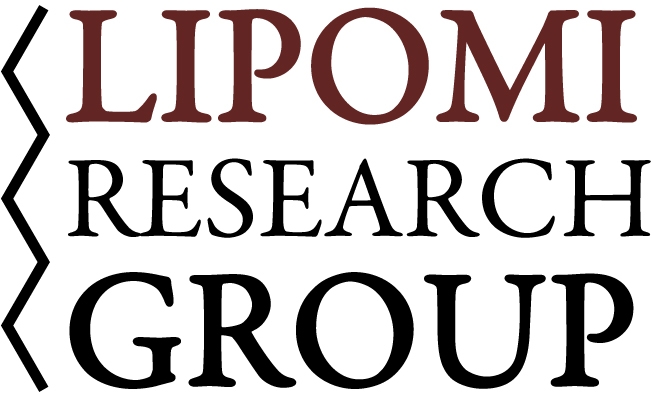Videos of all course lectures can be found on my YouTube channel. Click below to subscribe.
I go over the syllabus, dig through the box of polymer samples, and talk about the rudiments of organic structures.
We continue our journey through the box of polymer samples, and talk about the rudiments of organic microstructure and molecular weight.
This is a primer on organic structures. Counting to 12 in organic language. Alkyl groups, alkanes, functional groups, linkages important in polymer science and nanoengineering.
Why do rubber bands heat up when you stretch them and cool down when you allow them to compress? Supplemental video on entropic elasticity and the direction of heat flow.
Conformation vs. configuration, physical dimensions of polyethylene, gauche and trans, entropic springs.
Step-growth polymerization (vs chain growth, to be covered in more detail later in the course), extent of reaction, number-average degree of polymerization, control of molecular weight (interfacial polymerization, increasing the temperature and decreasing the pressure gives higher MW, stoichiometric imbalance and modified Carothers equation).
The kinetics of self-catalyzed and acid-catalyzed polyesterification (an example of step-growth polymerization). Derivation of the most probable or Flory distribution of the number fraction of x-mers and weight fraction of x-mers at particular extents of reaction p and lengths of the chain.
Introduction to chain-growth polymerization: initiation, propagation, termination (by combination or disproportionation). Steady-state kinetics.
Wrap-up of free radical polymerization: kinetic chain length, thermodynamics, methodologies. Introduction to controlled radical polymerization and nitroxide-mediated polymerization.
Differences between free radical and controlled radical polymerization. Details of atom-transfer radical polymerization (ATRP) and reversible addition fragmentation transfer (RAFT) polymerization.
Introduction to cationic and anionic polymerization. Role of solvent and dielectric constant in determining reaction rates.
Introduction to alkenes and pi bonds for radical, anionic, and cationic polymerization. Block copolymers and other structures, including dendrimers.
This is a 30,000 ft introduction to thermodynamic considerations of polymer solubility and phase behavior. Gibbs free energy, free energy of mixing, configurational entropy, ideal solutions.
What happens to the entropy when one of your components in an ideal mixture is a polymer? What happens to the enthalpy when your intermolecular forces are unequal? This lecture discusses the Flory-Huggins entropy and enthalpy.
In this lecture, we plot the ideal entropy of mixing, the regular enthalpy, and the free energy. We use the free energy plots to construct the cloud point diagram for a regular solution of small molecules, and by extension, a regular solution of polymers.
Mop up duty on thermodynamics: similarity and complementarity, and solubility parameters. Introduction to size-exclusion or gel permeation chromatography (SEC or GPC).
Continuation of our discussion of size-exclusion or gel permeation chromatography. Concept of void volume, retention volume, internal volume, and distribution coefficient. Calibration curves, stiff vs. flexible polymer chains, and detectors.
A very brief overview of methods used to determine Mn and Mw. CORRECTION: at 28:00, "Kc" is the optical constant K times the concentration c. That is, "c" is not a subscript; at 29:20, I should have written just "K" not "Kc". Thanks!
This pre-recorded lecture is an introduction to the final portion of the course. We start with a description of the random walk model for a freely jointed chain, then introduce constraints of bonding angles and dihedral angles. We end with an introduction to differential scanning calorimetry (DSC).
Recap of differential scanning calorimetry (DSC), introduction to X-ray diffraction. Bragg's law.
Introduction to the crystalline phase. Crystalline microstructure, thermodynamics and kinetics of crystallization. Spherulites, adjacent reentry, the melting point of teflon vs. poltyethylene.
Avrami equation for spherulitic growth, non-spherulitic morphologies, block copolymers, block copolymer phases, liquid crystals, mesophases.
Description of the glassy state and the glass transition. Free volume & molecular determinants.
Mechanical properties of polymers, stress-strain behavior, temperature dependence. Creep and step-strain experiments. Simple models of viscoelasticity: Voigt-Kelvin and Maxwell.

